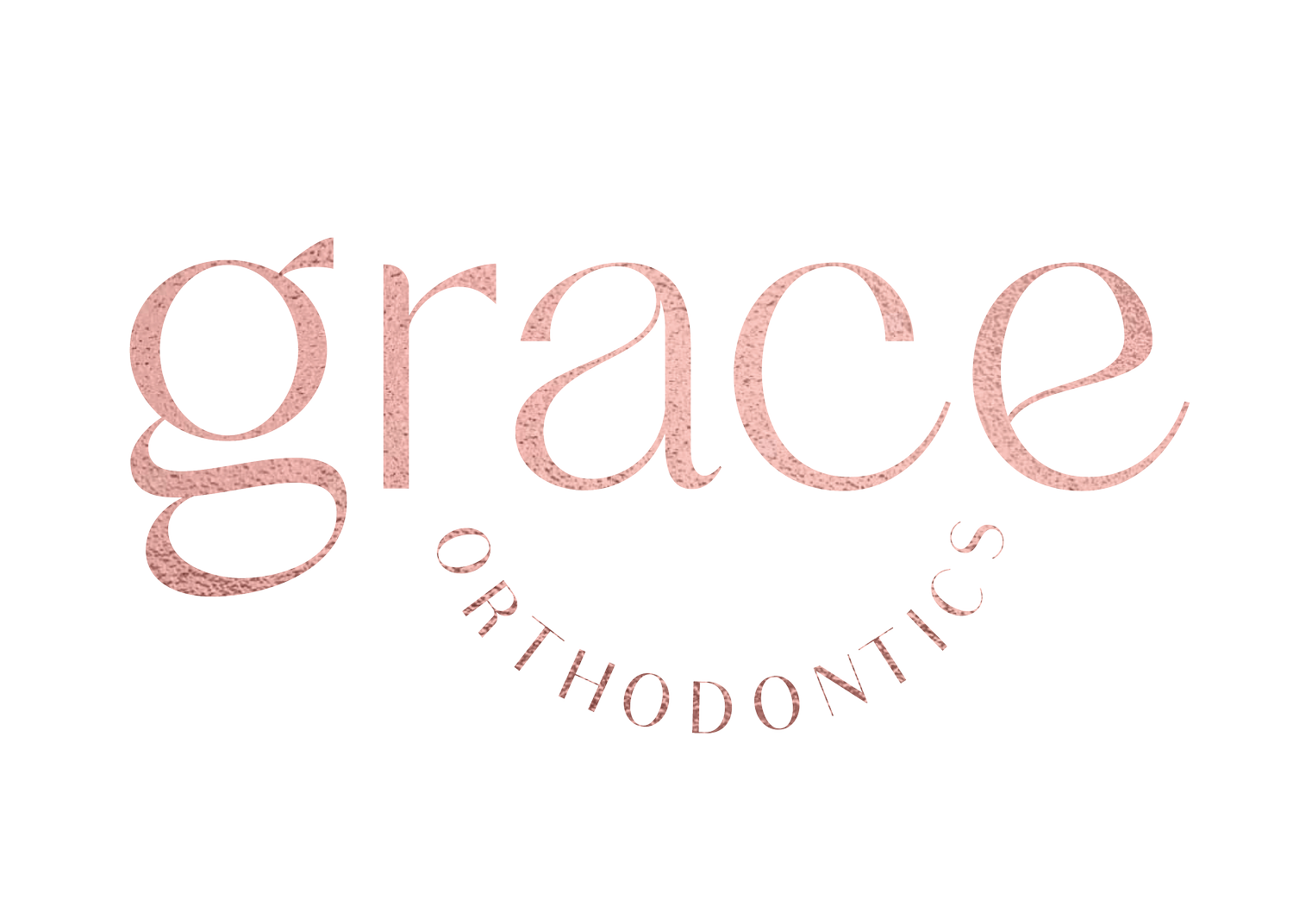Why Oral Hygiene Matters More During Orthodontic Treatment
If you’re currently undergoing orthodontic treatment with braces or Invisalign, maintaining excellent oral hygiene is more important than ever. Orthodontic appliances create additional surfaces and tight spaces where plaque and food particles can accumulate, making thorough cleaning more difficult—but also more essential.
Without consistent oral care, you may be at risk for:
• Enamel demineralization (white spots)
• Gum inflammation and bleeding
• Persistent bad breath
• Tooth discoloration
• Cavities and tooth decay
Signs Your Oral Hygiene May Need Improvement
Watch for these common indicators that your oral hygiene routine may need a refresh:
• White or chalky patches on the teeth (early signs of enamel damage)
• Yellow or brown stains that don’t go away with brushing
• Swollen, red, or bleeding gums (possible gingivitis)
• Persistent bad breath
• Visible cavities or dark spots on the teeth
Real-Life Consequences
The following examples show how poor oral hygiene during orthodontic treatment can compromise long-term results. While tooth alignment may improve, underlying issues like enamel erosion, gum inflammation, and tooth decay can still develop—and in severe cases, patients may need to pause or discontinue treatment.
Left: Before Treatment - mild misalignment, healthy enamel, and gums.
Right: After Treatment - teeth are straight, but enamel erosion, staining, and inflamed gums are evident due to poor hygiene.
Left: Initial orthodontic visit – crowded teeth, but no signs of decay or inflammation.
Right: Final visit – teeth are aligned, but severe demineralization, gum swelling, and decay have developed due to inadequate oral care.
Why Oral Hygiene Is Especially Important with Braces or Invisalign
More Places for Plaque to Hide
Braces and aligners create small spaces that trap food and bacteria, increasing the risk of decay.
Gum Health Is Vulnerable
Plaque buildup can irritate gum tissue, leading to inflammation and potentially gum disease.
Hygiene Affects Treatment Progress
Poor oral hygiene can slow tooth movement, cause complications, or even require treatment to be paused.
Enamel Damage Is Irreversible
Enamel does not regenerate. Preventative care is your best defense against lasting damage.
Tips for Maintaining Excellent Oral Hygiene During Treatment
1. Brush and Floss Thoroughly
• Use a soft-bristled or orthodontic toothbrush with a compact head
• Consider an electric toothbrush with a built-in timer
• Floss daily using floss threaders, interdental brushes, or a water flosser
• Clean Invisalign aligners separately with mild dish detergent and lukewarm water (never use toothpaste)
2. Eat Smart
• Limit sugary and sticky foods
• Avoid carbonated drinks that can erode enamel
• Choose braces-friendly foods like soft vegetables, yogurt, and eggs
3. Don’t Skip Routine Dental Visits
• Orthodontic visits are important, but so are regular cleanings with your general dentist
• Professional cleanings and early detection help prevent bigger problems
Orthodontic treatment is a partnership between you and your care team. While braces or Invisalign aligners work to straighten your smile, maintaining good oral hygiene ensures your results are both beautiful and healthy.


